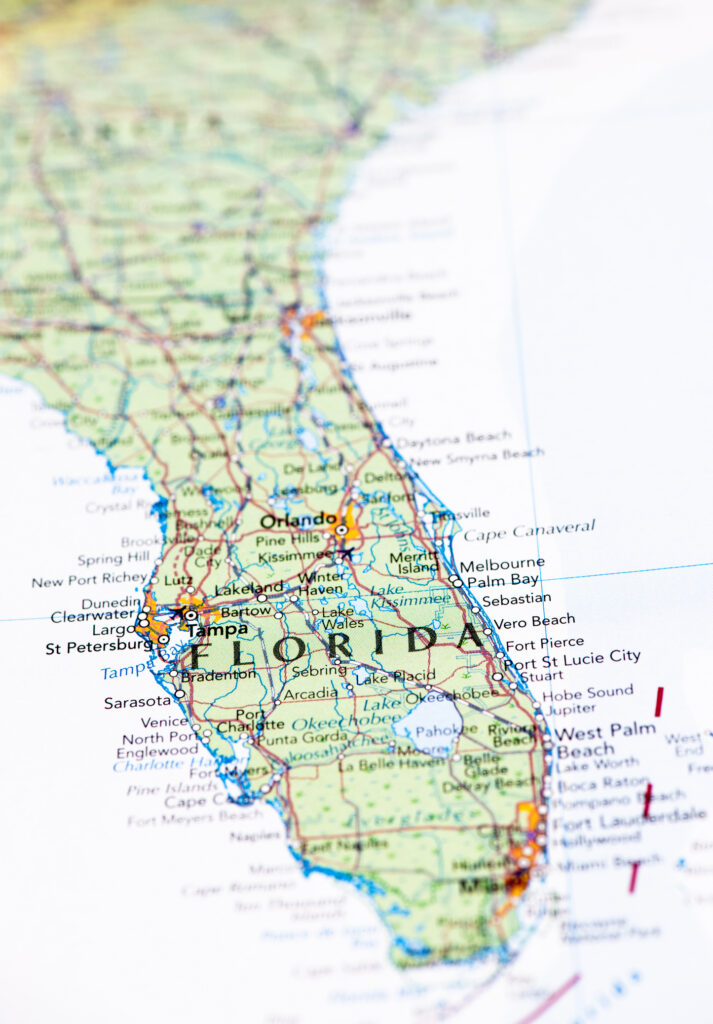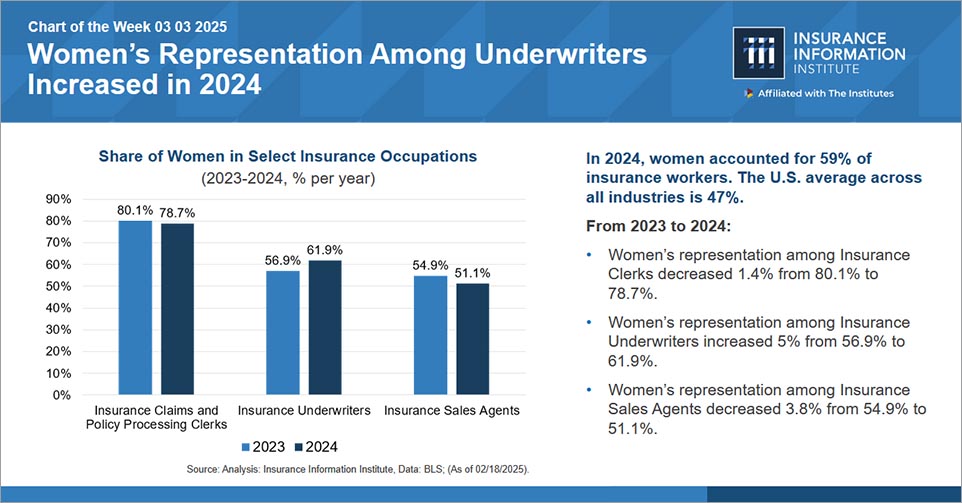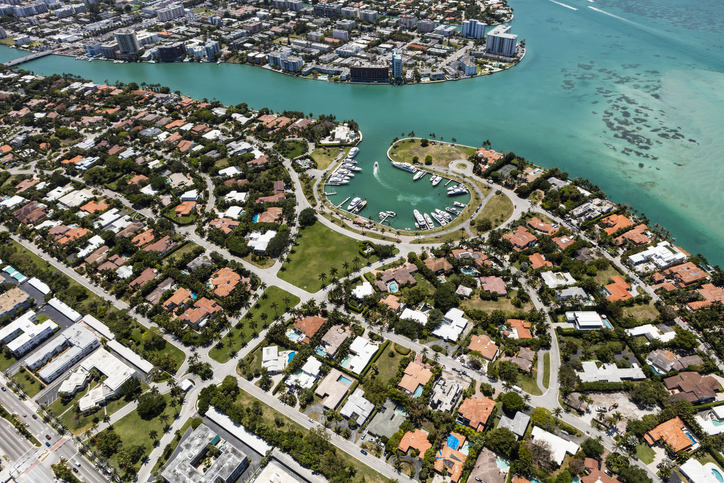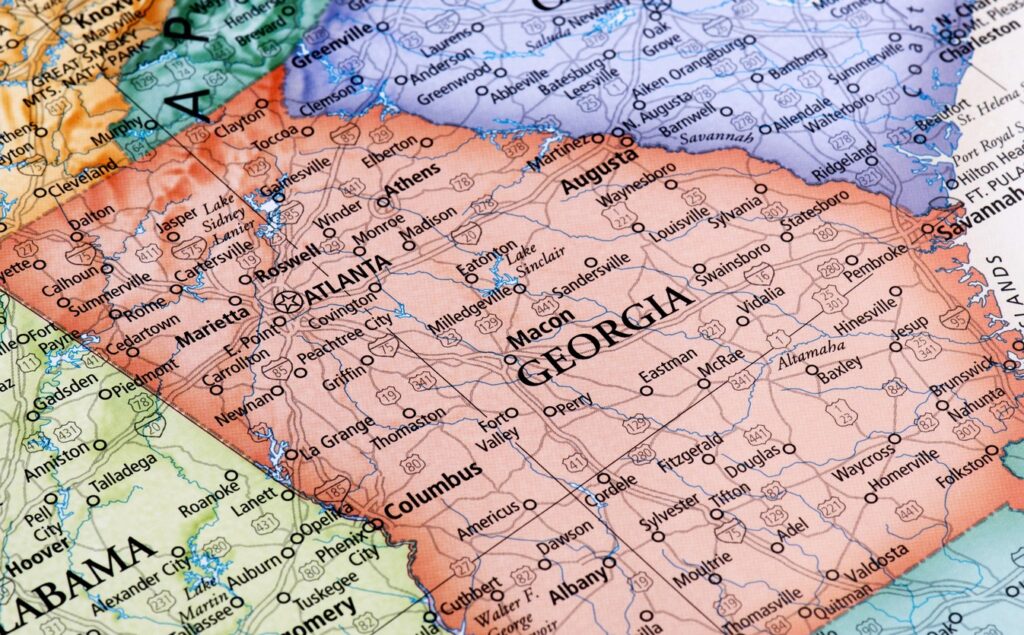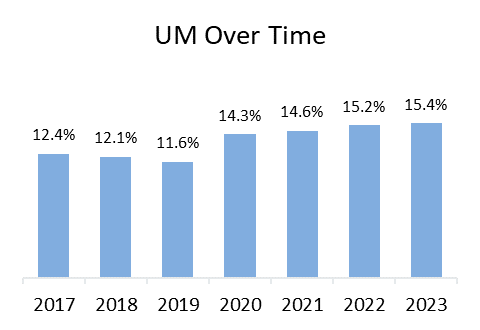[ad_1]
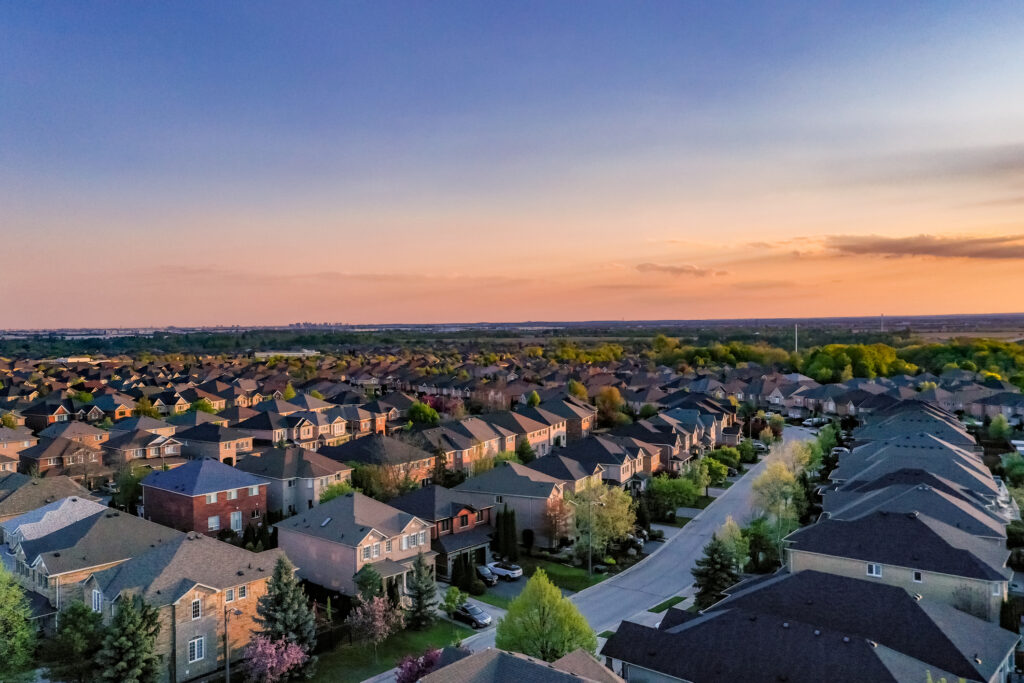
By Max Dorfman, Research Writer, Triple-I
Average U.S. homeowners insurance premiums have increased at a rate that has outpaced household income from 2001 to 2021, according to a new report by the Insurance Research Council (IRC). In 2021 – the latest year for which data is available – homeowners spent an average of 1.99 percent of their income on homeowners insurance, up from 1.54 percent in 2001.
Affordability varies widely from state to state, and affordability rankings have fluctuated over time. In 2021, Utah was the most affordable state and Florida was the least affordable. Kansas, New York, and Washington, D.C., have demonstrated improvements from 2015 to 2021, and California, Montana, and Wyoming saw the greatest deterioration during the same period. Florida and Louisiana have consistently been the least-affordable states in the nation.
The analysis by IRC – like Triple-I, an affiliate of The Institutes – looks at homeowners insurance affordability at national and state levels and examines underlying cost drivers by state. It does not address affordability for specific demographic or geographic risk profiles. The report found that frequency and severity of natural disasters, economic conditions, rising construction costs, and litigation all significantly contributed to rising homeowners insurance costs.
“An understanding of what drives the cost of insurance is essential for consumers navigating the current insurance market,” said Dale Porfilio, FCAS, MAAA, IRC president and chief insurance officer for Triple-I. “Efforts to promote homeowner awareness and adoption of protective measures, strengthen state and local building codes, and encourage community resilience programs can all improve insurance affordability.”
Learn More:
Louisiana Still Least Affordable State for Personal Auto, Homeowners Insurance
Homeowners Claims Costs Rose Faster Than Inflation for 2 Decades
As Building Costs Grow, Consider Your Homeowners Coverage
[ad_2]
Source link


